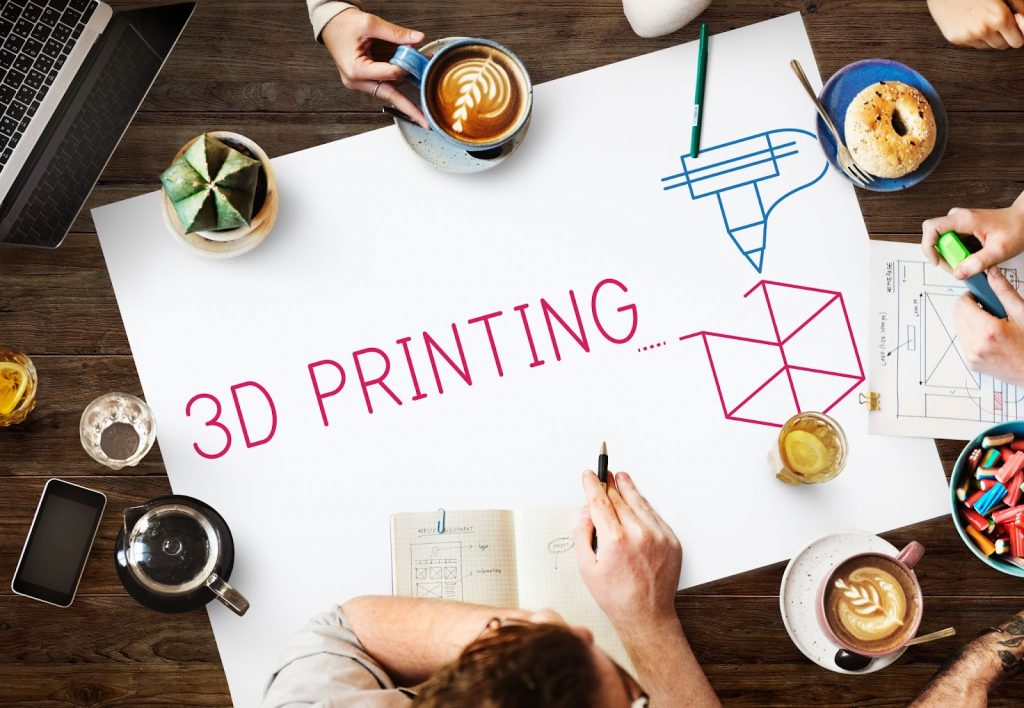Often referred to as additive manufacturing, 3D printing has evolved significantly over the last decade. Once a technology that only had a handful of applications, 3D printing has blossomed into a revolutionary tool that’s now being used across a plethora of different industries. And it is easy to see why.
From flexibility to time-savings and cost-effectiveness, this innovative technology has the power to change many businesses’ daily processes and operations smoother, easier, and more efficient. With so many benefits to offer, it’s no surprise that there is a growing interest in this emerging technology’s potential. In this article, we’ll be taking a look into how 3D printing could revolutionize the future of development and the impact it has on this industry.
Table of Contents
The key to transforming the modern medicine and healthcare
One of the ways 3D printing is improving everyday lives is through its application in modern medicine and healthcare. For starters, 3D printing allows for production of affordable prosthetics. This has the potential to change the lives of millions of amputees in need of a cost-effective solution.
Furthermore, the use of 3D printers in the medical field, or bioprinting, could potentially revolutionize the process of organ transplantation. By relying on biomaterials and cells, these printers could make it possible for us to create various biomedical parts. This includes everything from artificial hearts to blood vessels to bones. Combined with VR (virtual reality), the 3D printing technology could also make it possible for medical staff to diagnose and treat a number of medical conditions, particularly more complex ones.
A practical way to make improve home construction process
Other than healthcare, another aspect in which our society could benefit from 3D printing is housing. By offering lowered construction costs and sustainable/replacement housing, this innovative technology could help address global challenges such as homelessness.
And it’s not just the construction process that could be improved by implementing innovative technological tools. With the help of a 3D Architectural Rendering Company, building industry experts can provide their clients with stunning architectural visualizations. This would offer photorealistic representation of a finished architectural project while it’s still in the design stage. This, in turn, would allow for any necessary changes to be made ahead of time.
An innovative tool for product prototyping
Speaking of improving product design, 3D printing also has the potential to transform the process of product prototyping. The truth is, researching and designing the perfect product can be a time-consuming process. One way 3D printing could help manufacturers focus more on this aspect is by reducing the production cycle time.
Whether we’re talking about medical grade equipment, tools, car models, or devices, 3D printing could help businesses come up with flawless products in a much shorter time frame. Not only could this help them bring their costs down, but it could also optimize their inventory management.
A modern answer to global food crisis
Food insecurity, along with homelessness, is another major issue our world is facing these days. One way to address this global concern is by adopting emerging technologies such as 3D food printing. In an article from 2013, a mechanical engineer Anjan Contractor introduced the concept of a food synthesizer.
The cartridges used would last for 30 years, and would be able to transform the existing food system. First, by putting an end on food waste, and secondly, by generating enough food to sustain the rapidly growing population.
A viable solution for more sustainable living
Speaking of sustainable solutions that would ensure a brighter future for our planet, 3D printing could also play a key role in reducing our society’s environmental footprint. One of the solutions it offers relies on the use of waste into something valuable and functional. For instance, carbon dioxide that’s generated at power plants could be captured. Then, by using technologies such as 3D printing, it would be converted into concrete.
Other than promoting efficient consumption, some 3D printing solutions could help us live more sustainably and even tackle climate change. This could be done using biodegradable filaments such as algae-based ones during the printing process, along with other creative materials.
Wrapping up
Innovative technologies bring innovative solutions, and 3D printing has definitely opened our world to a number of possibilities and opportunities. As we continue to explore the vast world of 3D printing, we are eagerly anticipating the next big discovery that will allow us to apply this fascinating technology in a practical way, reshaping the world as we know it.
Eve Anderson is a marketing specialist turned blogger. Interested in sports and exciting travel destinations. Love to share content that can inform people.





